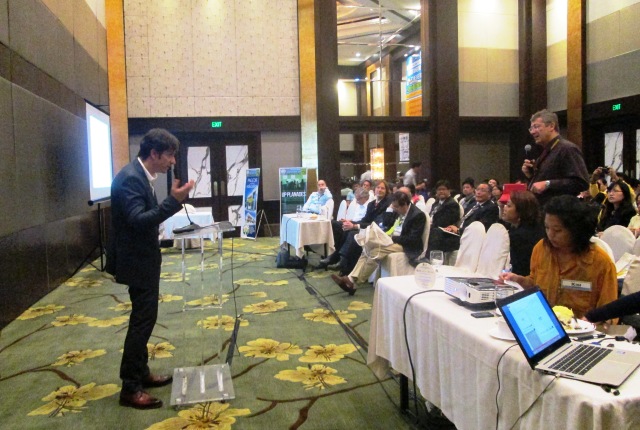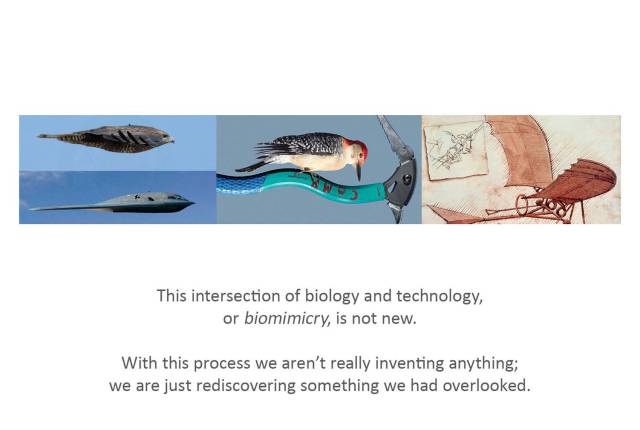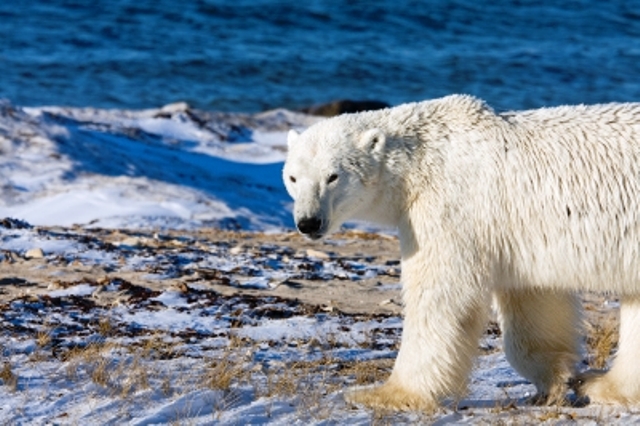YOLANDA REHABILITATION EFFORTS have attracted this Italian architect and expert on sustainable architecture and green building. He’s offering to contribute his skills to help rebuild Leyte and the other parts of Eastern Visayas that have been recently devastated by the super typhoon.
Watch how ITPI Corp. (ItalPinas Euroasian Design and Eco-Development) incorporates green building and sustainable architecture principles in its developments throughout the building life cycle.
http://www.slideshare.net/italpinas/itpi-sustainable-architecture-and-green-building
Watch a short video clip on how ITPI uses performance-based design software to design sustainable buildings: http://primaveraresidences.italpinas.com/using-performance-based-design-software-to-design-sustainable-buildings/





